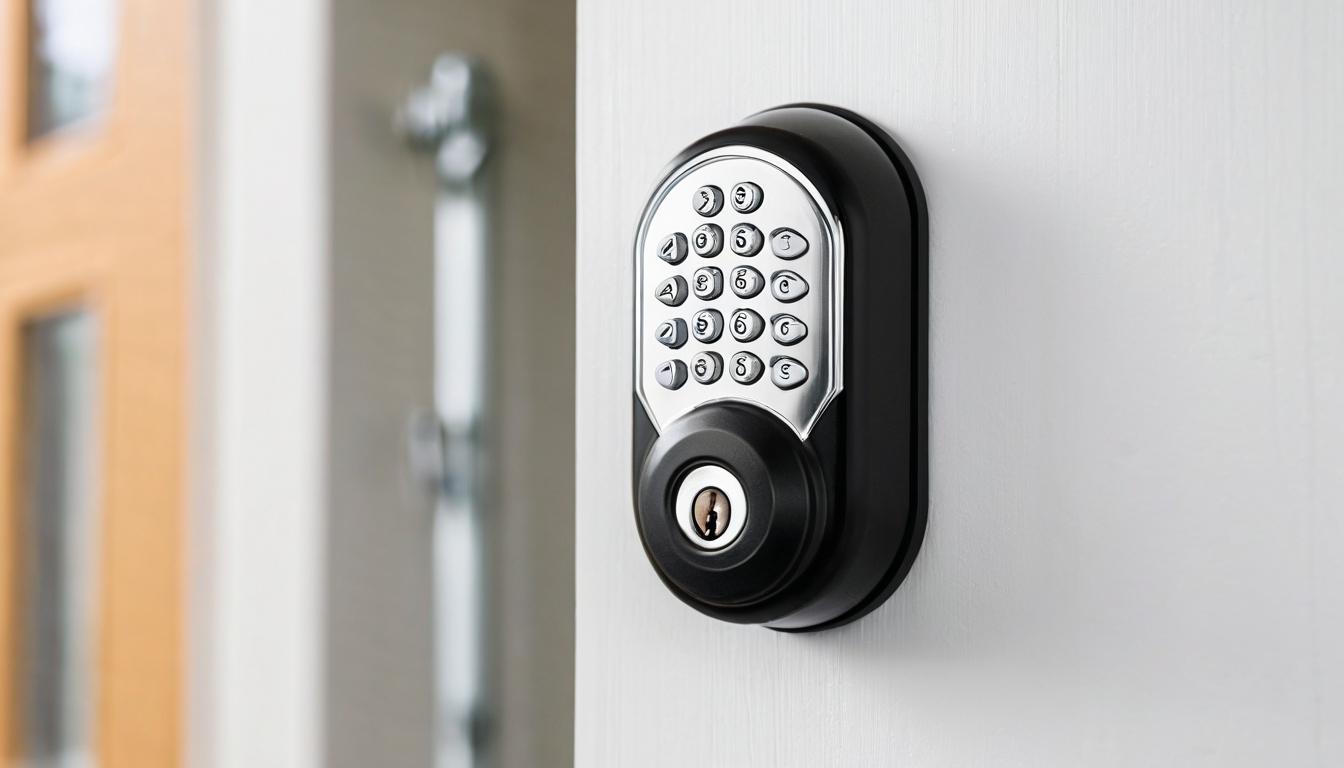The creaking floorboard at 2 AM. The shadow moving across the backyard. These are the fears that kept our grandparents awake, the classic anxieties that defined home security for generations. But walk through any modern neighborhood today, and you'll find that the real threats have become far more sophisticated—and often completely invisible. While we've been busy reinforcing our doors and installing cameras, a new breed of vulnerabilities has been quietly moving in next door.
Consider the smart home revolution that promised convenience but delivered something else entirely: a digital welcome mat for intruders. That Wi-Fi enabled baby monitor? It might be broadcasting your child's room to strangers. The smart thermostat? Potentially revealing when you're away on vacation. The voice-activated assistant? Listening for more than just your commands. We've invited these devices into our homes with open arms, never realizing we were handing over the keys to our digital kingdom.
Then there's the social media trap—the modern equivalent of leaving your curtains open while shouting your vacation plans to the entire neighborhood. That innocent vacation photo posted in real-time? It's a beacon announcing your empty home. The geotagged dinner check-in? A timer counting down to your return. We've become so accustomed to sharing our lives online that we've forgotten basic security principles our grandparents understood instinctively: never advertise when your house will be empty.
Package theft has evolved from occasional nuisance to organized crime. The rise of porch piracy has created sophisticated networks where thieves follow delivery trucks, use scanner apps to identify valuable packages, and operate with near-impunity in broad daylight. They're not just stealing your Amazon orders—they're testing your home's vulnerabilities, learning your routines, and deciding whether your property makes an easy target for bigger scores.
But perhaps the most concerning development is what security experts call 'digital casing'—where criminals use online tools to gather intelligence before ever setting foot near your property. Public records, social media profiles, even your trash can reveal patterns about your life, work schedule, and valuables. The modern burglar doesn't need to stake out your house anymore; they can do it from their smartphone while sitting in a coffee shop three towns away.
Neighborhood dynamics have shifted in ways that create new security challenges. The decline of traditional community watch programs, combined with increased work-from-home arrangements, means fewer eyes on the street. Many people don't know their neighbors well enough to distinguish between a legitimate visitor and a potential threat. We've traded community connection for privacy, and our security has paid the price.
Environmental factors are creating unexpected vulnerabilities too. Climate change has led to more frequent power outages that can disable security systems just when you need them most. Urban sprawl has pushed development into areas with longer emergency response times. Even landscaping choices can create hiding spots or block sightlines that would otherwise deter criminals.
The psychological aspect of home security has become increasingly important. Fear itself can be a vulnerability—making us prisoners in our own homes or causing us to make poor security decisions. Conversely, overconfidence in technology can create a false sense of security that leaves gaps in our protection. Understanding the balance between reasonable caution and paralyzing fear is crucial for effective home security.
What's emerging is a new approach to home protection that blends physical security with digital awareness, community engagement with technological solutions. It's not about turning your home into a fortress, but about creating layers of protection that work together seamlessly. From simple habits like varying your routines to complex systems that monitor both your physical and digital perimeter, the modern approach to home security requires thinking like both a traditional security expert and a digital privacy advocate.
The most effective security strategies now involve what professionals call 'defense in depth'—multiple overlapping systems that ensure if one layer fails, others remain in place. This might mean combining smart locks with traditional deadbolts, using both monitored alarm systems and neighborhood watch groups, maintaining both digital privacy and physical barriers. It's about creating a security ecosystem rather than relying on single solutions.
Ultimately, the evolution of home security reflects broader changes in our society. As our lives become more connected, more public, and more dependent on technology, the threats we face become equally complex. The solution isn't to retreat from modern life, but to approach security with the same sophistication that potential threats employ. It's about being smart, aware, and proactive—recognizing that true security comes from understanding both the visible and invisible dangers that surround us.
The invisible threats: how modern home security goes beyond locks and alarms

